In an increasingly developed world, remote islands often serve as the last refuge for
some of Earth’s most unique and endangered species. These isolated ecosystems,
protected by miles of ocean, allow rare animals to thrive away from mainland threats
and human interference.
From giant tortoises to miniature primates, these island sanctuaries offer wildlife
enthusiasts unprecedented opportunities to observe creatures found nowhere else
on Earth.
Komodo Island, Indonesia
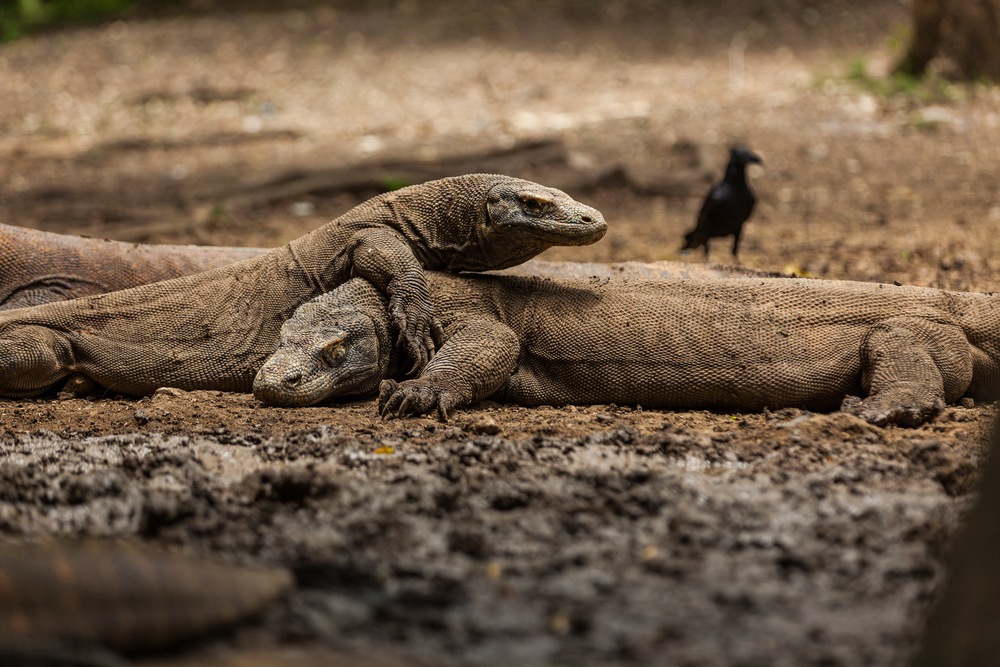
Home to the world’s largest lizard, the Komodo dragon, this rugged island supports
around 4,000 of these ancient predators. Local rangers guide visitors safely through
dragon territory, sharing their knowledge of these remarkable reptiles’ behavior and
ecology.
The surrounding waters teem with marine life, offering excellent snorkeling and diving opportunities between dragon viewing sessions.
Galapagos Islands, Ecuador
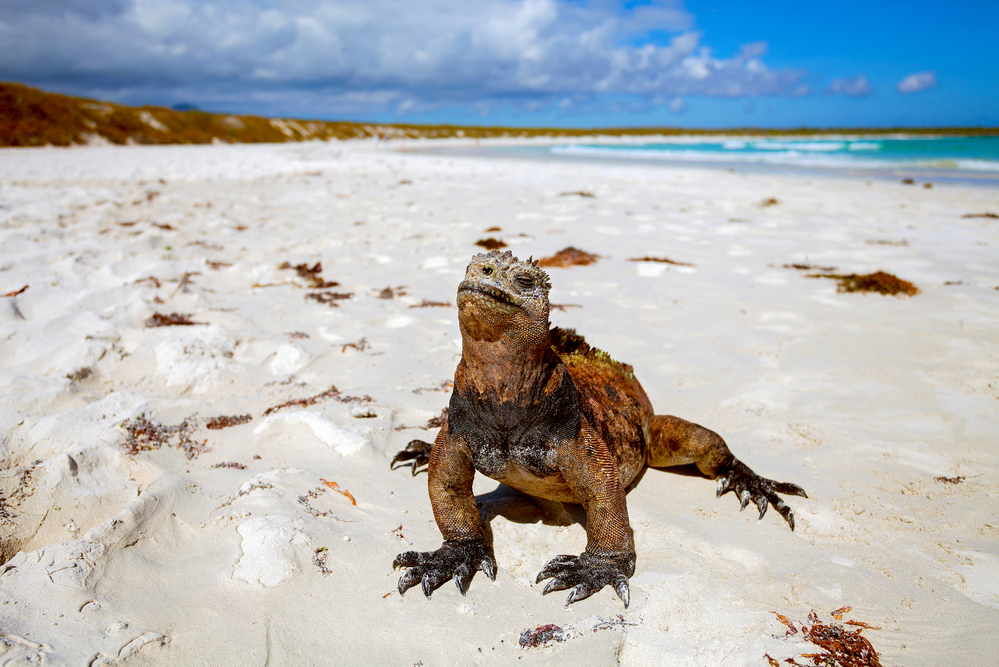
This legendary archipelago hosts giant tortoises that can live for over a century and
unique species of marine iguanas. Each island features its distinct wildlife
populations, including different finch species that helped inspire Darwin’s theory of
evolution.
Strict visitor regulations ensure these unique animals remain protected while allowing for guided wildlife encounters.
Like Travel Pug’s content? Follow us on MSN.
Madagascar
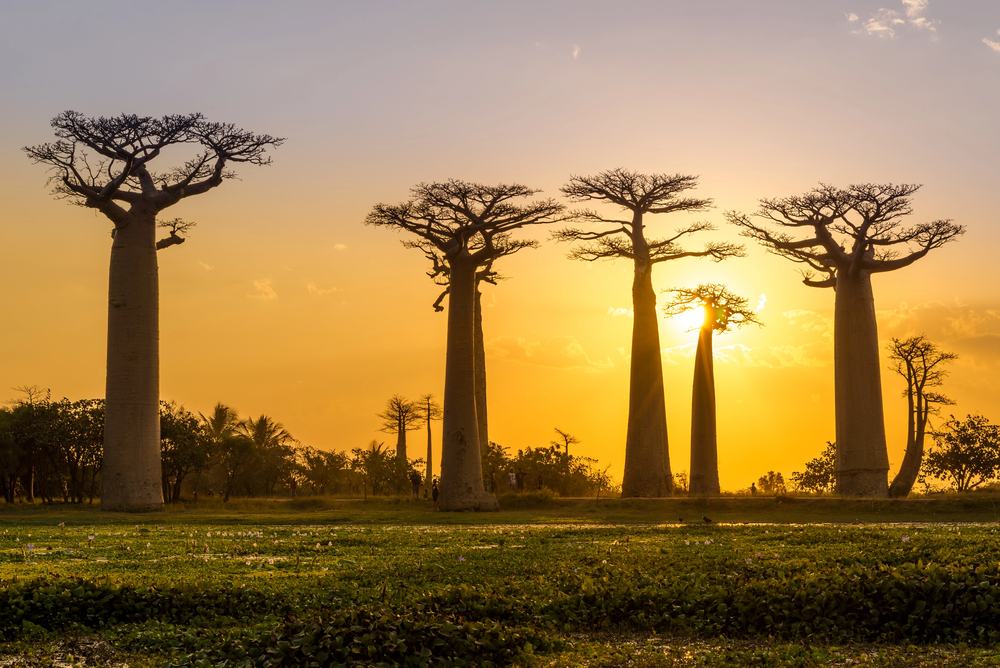
This massive island nation harbors an astounding variety of lemurs, with 90% of its
wildlife found nowhere else on Earth. The island’s isolation has created unique
evolutionary paths, resulting in creatures like the aye-aye and the fossa.
Local guides help visitors spot nocturnal species and explain the complex relationships
between Madagascar’s wildlife and traditional cultural beliefs.
Borneo
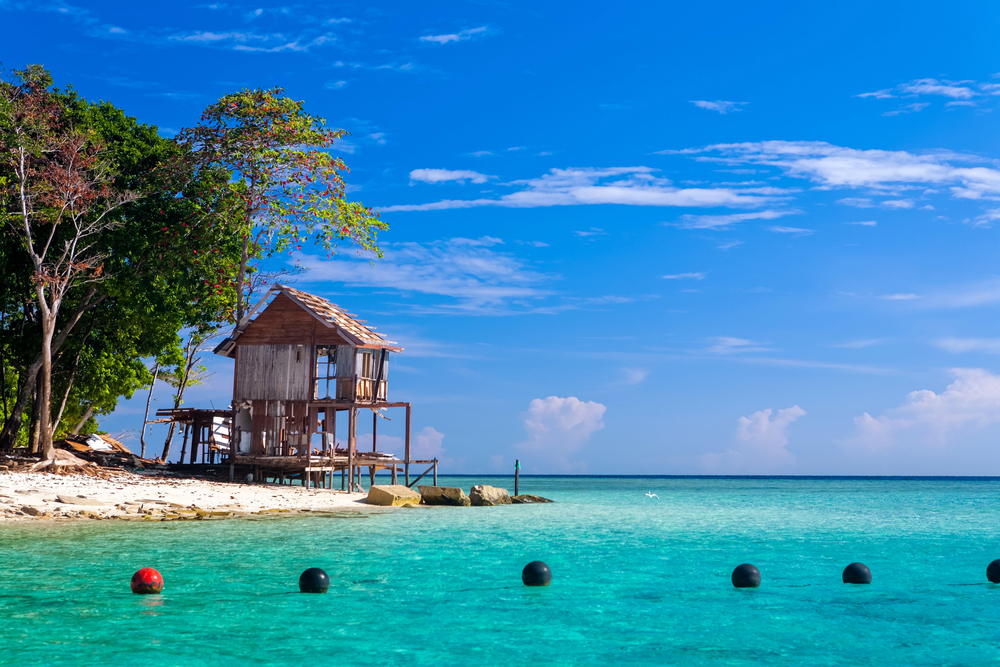
Split between three countries, this massive island hosts orangutans, proboscis
monkeys, and pygmy elephants in its ancient rainforests. Rehabilitation centers
provide opportunities to observe orangutans up close while supporting conservation efforts.
River cruises offer chances to spot wild proboscis monkeys in their natural riverside habitats.
Kangaroo Island, Australia
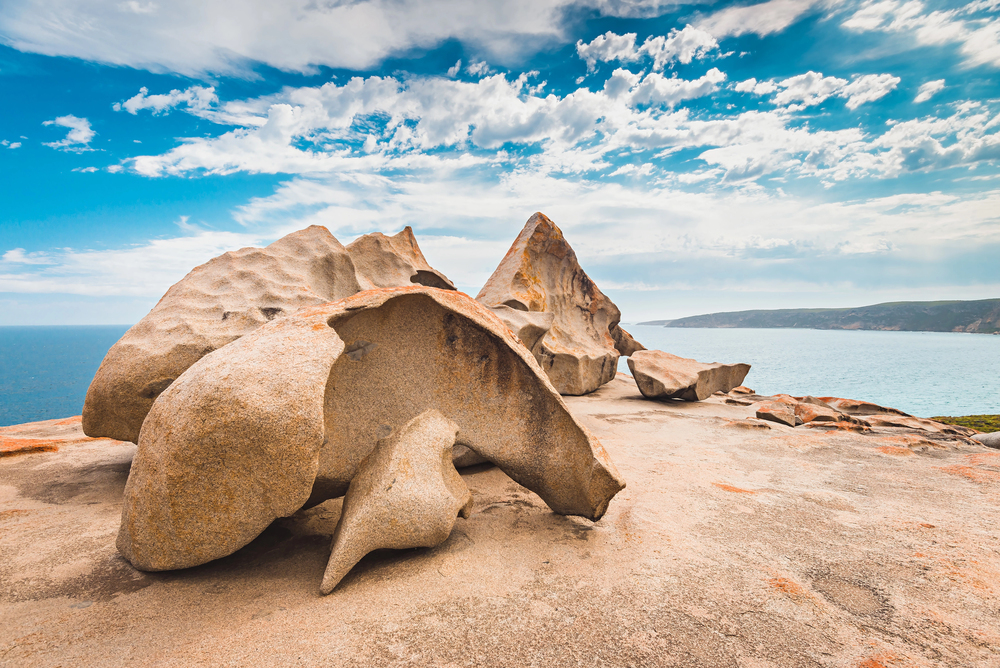
Nearly half of this Australian island remains covered in native bushland, providing
sanctuary for kangaroos, koalas, and sea lions. The island’s isolation has protected
many species from mainland diseases and predators, allowing populations to thrive.
Guided night tours offer opportunities to spot rare nocturnal creatures like the pygmy
possum.
Like Travel Pug’s content? Follow us on MSN.
Socotra, Yemen
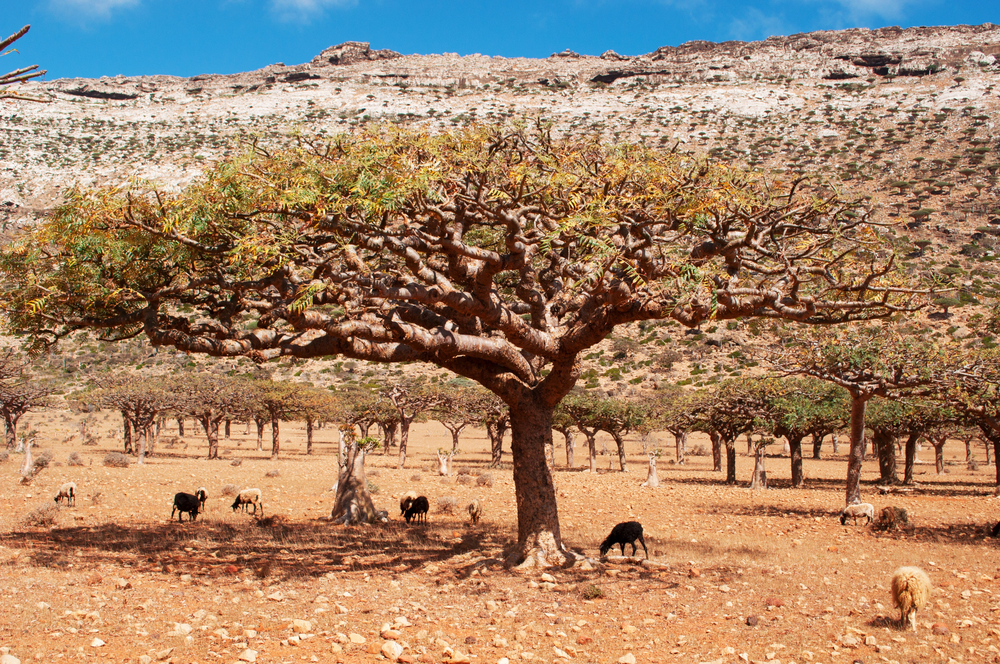
This isolated island features bizarre-looking dragon blood trees and rare birds found
nowhere else on Earth. The island’s unique flora creates otherworldly landscapes
that support distinctive wildlife populations.
Local guides share knowledge of traditional uses for the island’s unique plants while helping spot rare bird species.
Philip Island, Australia
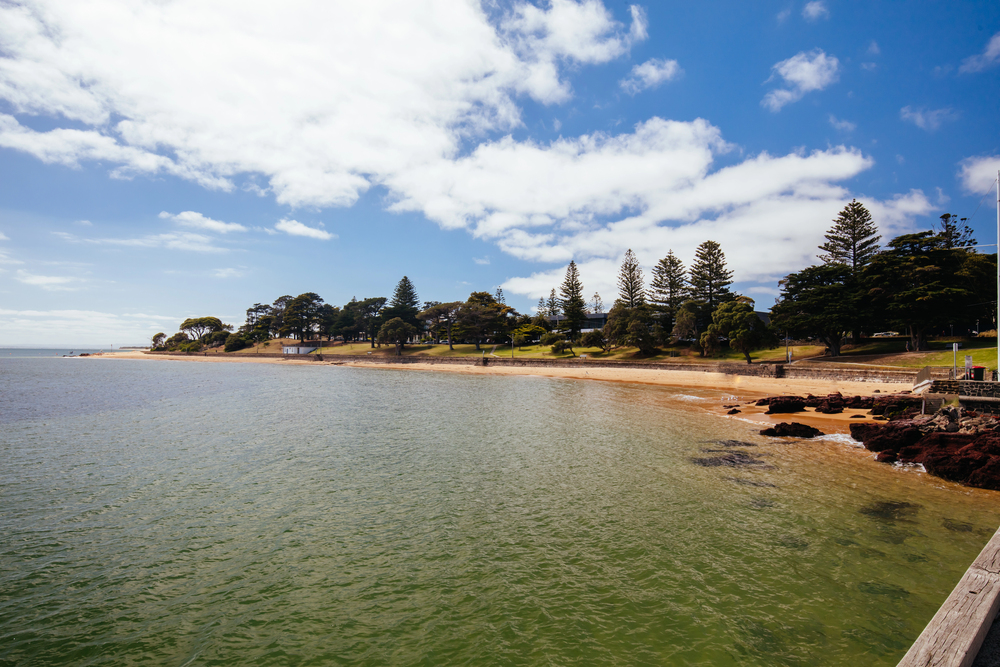
Famous for its nightly penguin parade, this island hosts one of the largest little
penguin colonies in the world. The island also provides a sanctuary for fur seals and
koalas, with dedicated viewing platforms for responsible wildlife watching.
Evening tours allow visitors to watch penguins returning from fishing trips to feed their chicks.
Sri Lanka
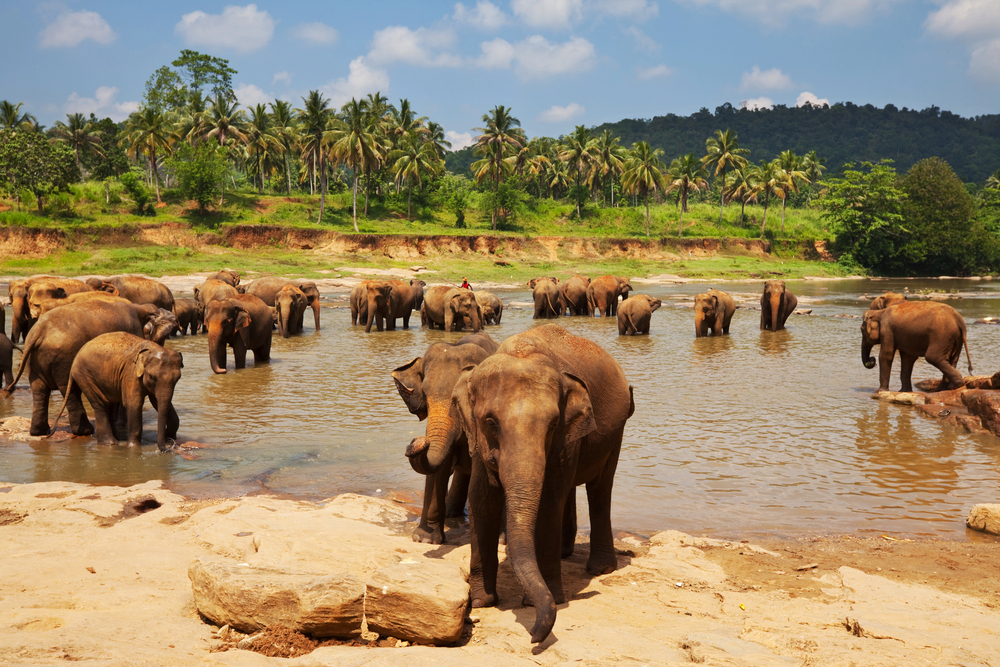
This tropical island supports the world’s largest concentration of leopards and
significant populations of Asian elephants. The island’s national parks offer excellent
safari opportunities to observe these magnificent creatures in their natural habitat.
Whale-watching tours provide opportunities to spot blue whales migrating along the
coast.
Like Travel Pug’s content? Follow us on MSN.
Falkland Islands
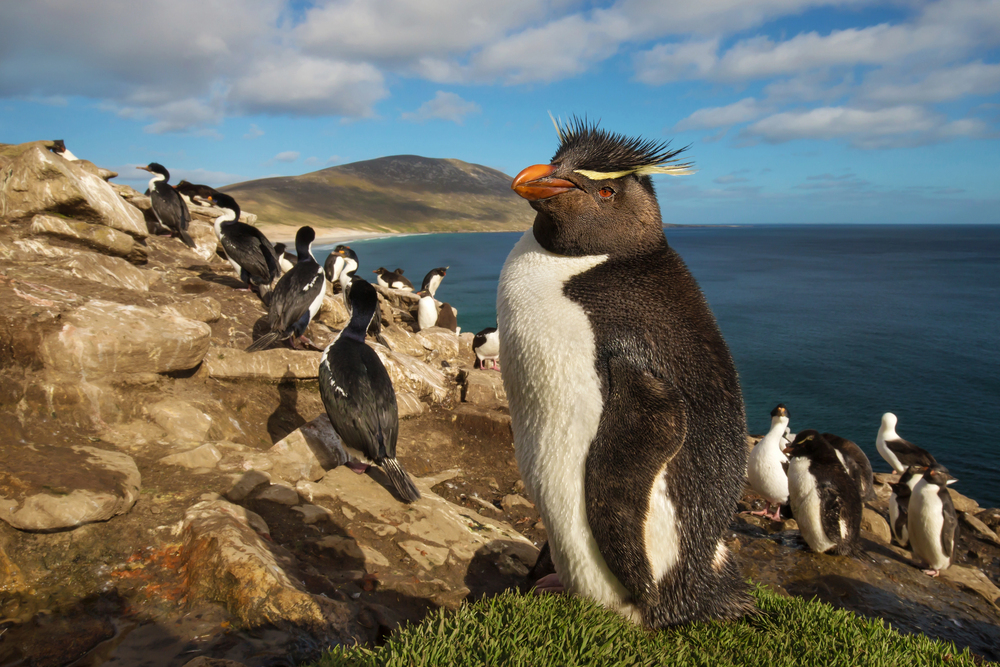
These remote islands host five species of penguins and the world’s largest black-
browed albatross colony. Visitors can walk among huge colonies of Gentoo and king
penguins while maintaining respectful distances.
Local guides share their knowledge of the islands’ unique marine mammal populations and seabird colonies.
New Zealand’s Stewart Island
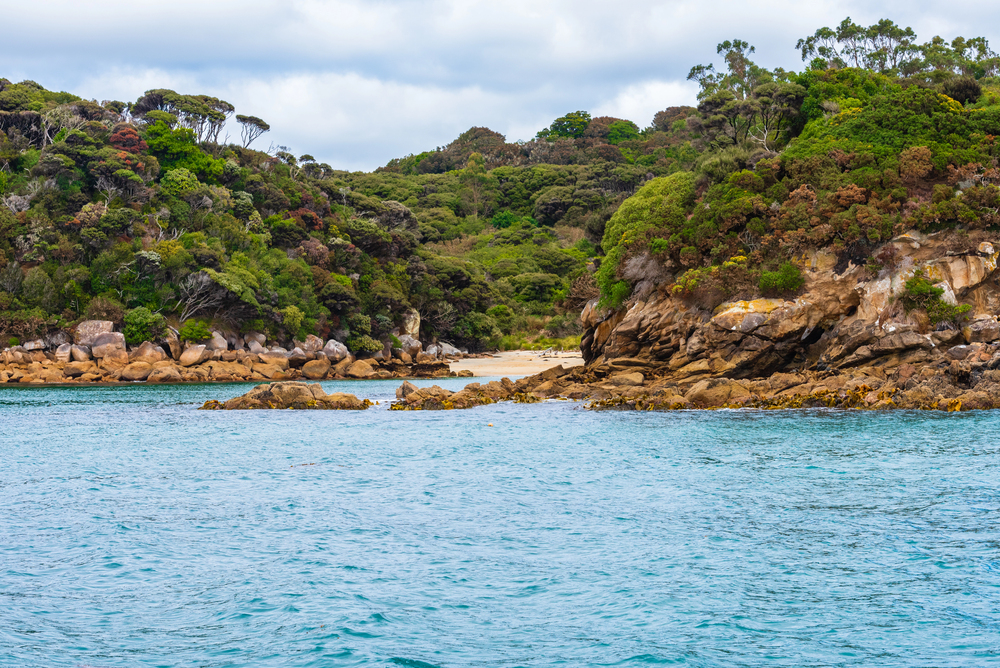
This southern island offers the best chances to spot wild kiwi birds foraging on
beaches at night. The island’s small human population and extensive protected
areas provide a safe haven for rare native birds.
Guided night walks provide opportunities to observe these normally shy creatures in their natural habitat.
Christmas Island, Australia
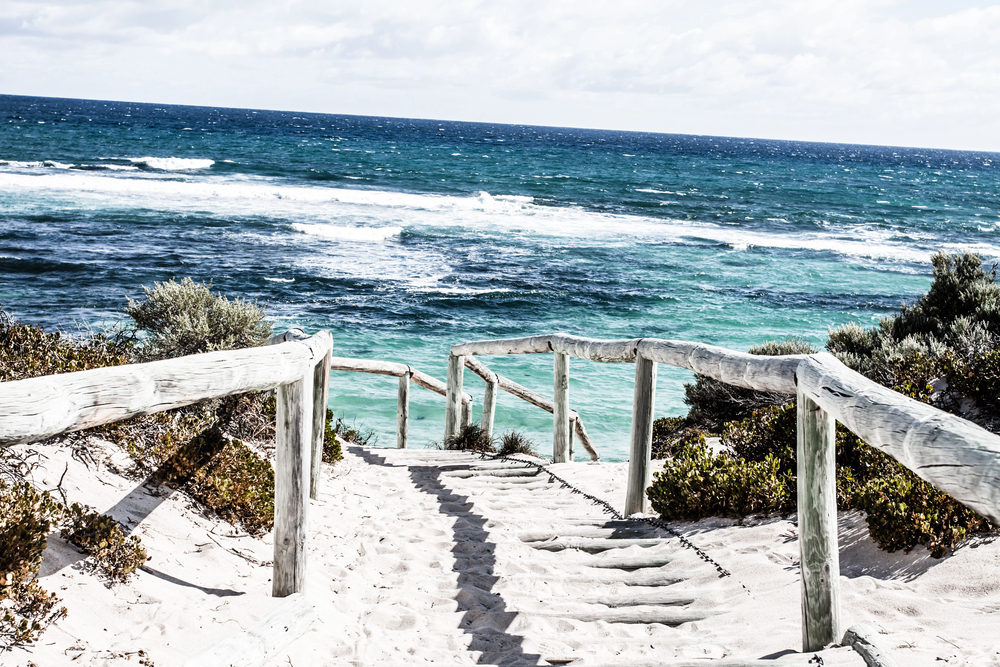
Famous for its annual red crab migration, when millions of crabs march to the sea to
spawn. The island also hosts unique bird species and a rich marine ecosystem with
frequent whale shark visits.
Careful planning around migration seasons ensures visitors can witness this spectacular natural phenomenon.
Like Travel Pug’s content? Follow us on MSN.
Aldabra Atoll, Seychelles
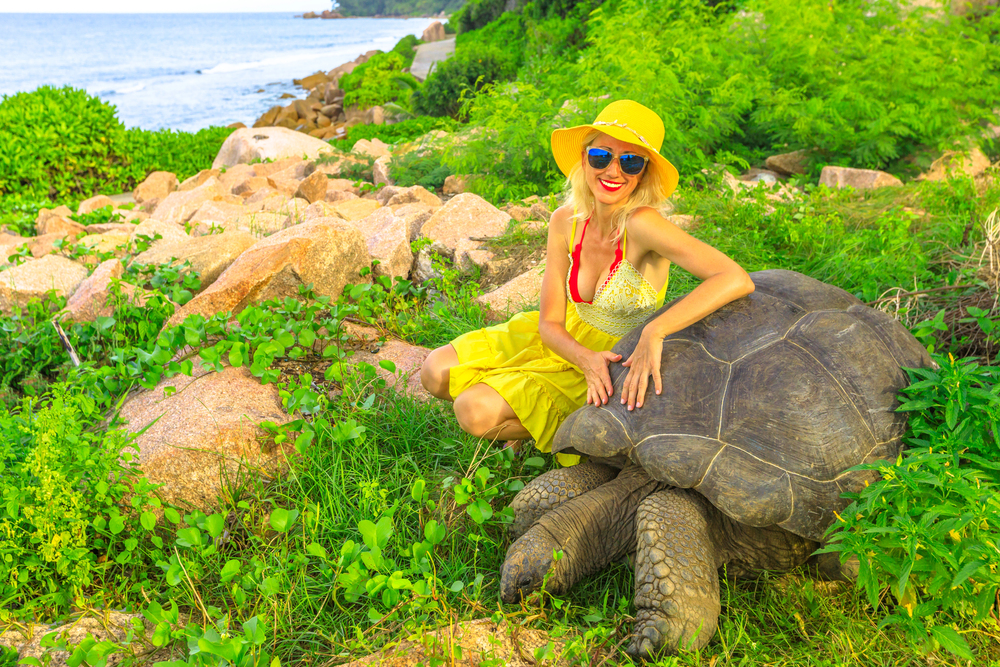
This remote coral atoll hosts the world’s largest population of giant tortoises in the
wild. The isolated location and restricted access have preserved pristine ecosystems
and unique wildlife.
Special permits are required to visit, ensuring these ancient creatures remain protected.
Macquarie Island, Australia
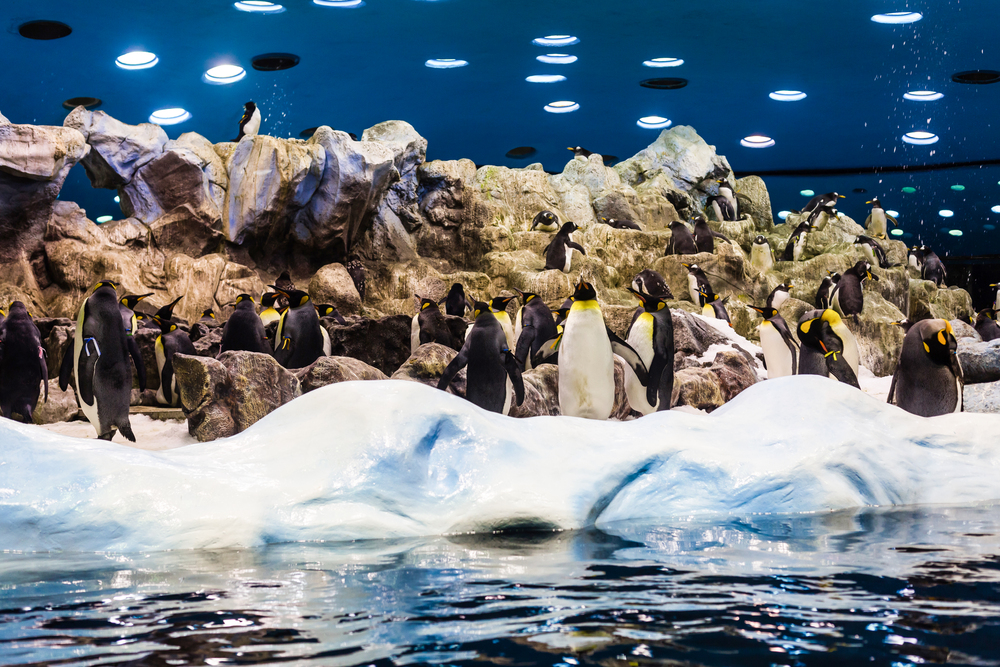
This subantarctic island serves as a breeding ground for royal penguins, found
nowhere else on Earth. Elephant seals and various penguin species crowd the
beaches during breeding season.
Scientific research stations provide bases for studying these unique wildlife populations.
Rinca Island, Indonesia
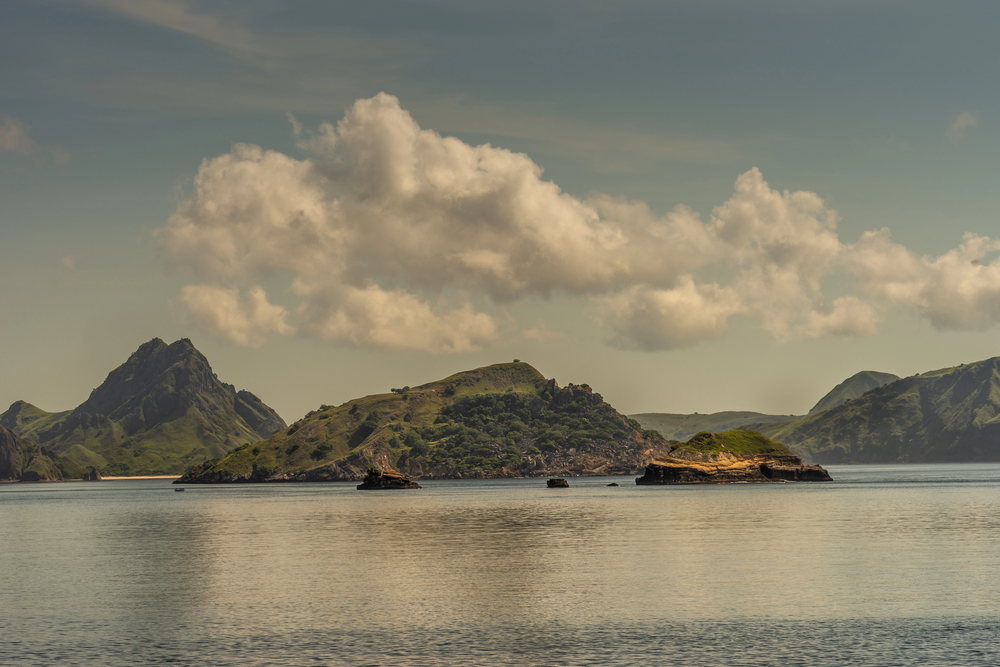
Lesser known than nearby Komodo, this island offers excellent opportunities to
observe Komodo dragons in more natural settings. The island’s savanna landscape
makes wildlife spotting easier than in more densely vegetated areas.
Local rangers share their knowledge of the complex ecosystem that supports these ancient predators.
Like Travel Pug’s content? Follow us on MSN.
Isabela Island, Galapagos
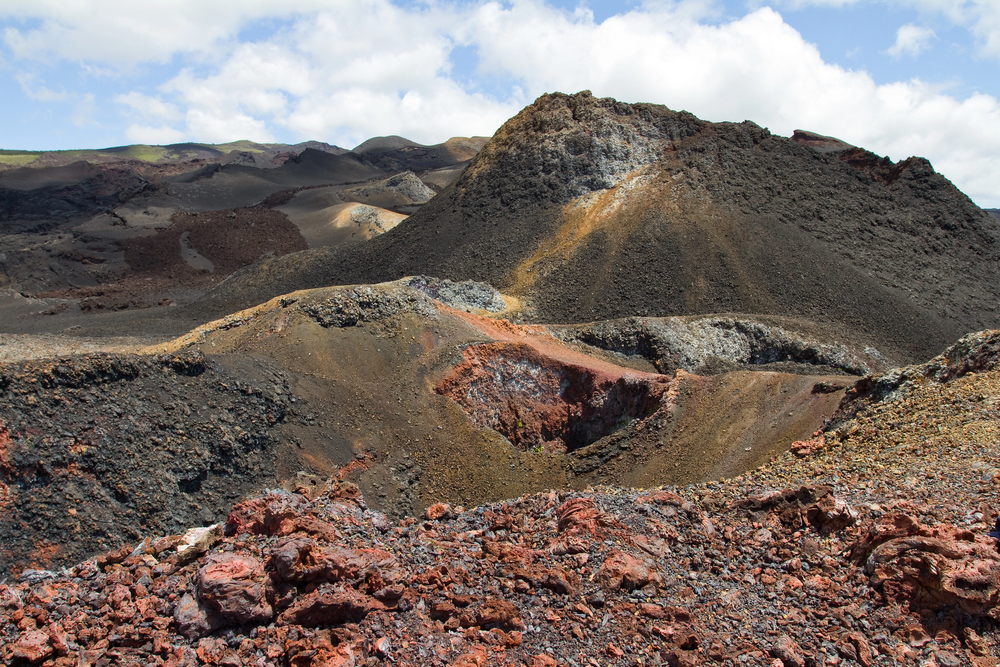
The largest Galapagos island features active volcanoes and unique wildlife, including
giant tortoises and flightless cormorants. Five distinct subspecies of giant tortoise
live on this single island, each adapted to different environmental conditions.
Marine iguana colonies and penguin populations thrive along the island’s volcanic shores.
South Georgia Island
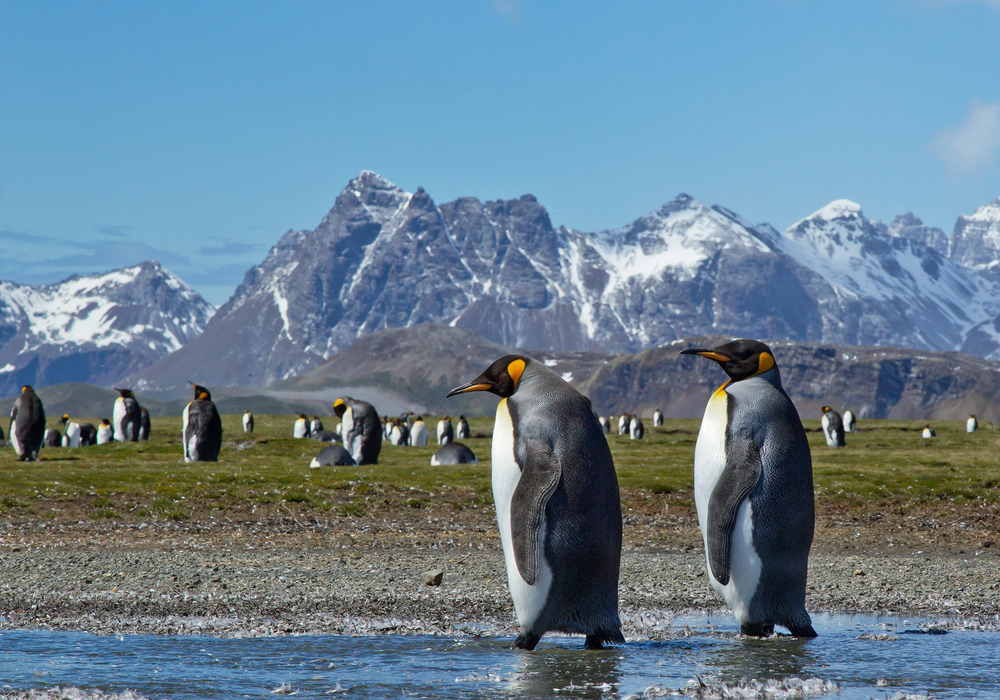
This subantarctic island hosts enormous colonies of king penguins and breeding
grounds for elephant seals. Visitors can walk carefully among hundreds of thousands
of breeding seabirds while maintaining safe distances.
The island’s dramatic landscapes provide stunning backdrops for wildlife photography.
Isla del Coco, Costa Rica
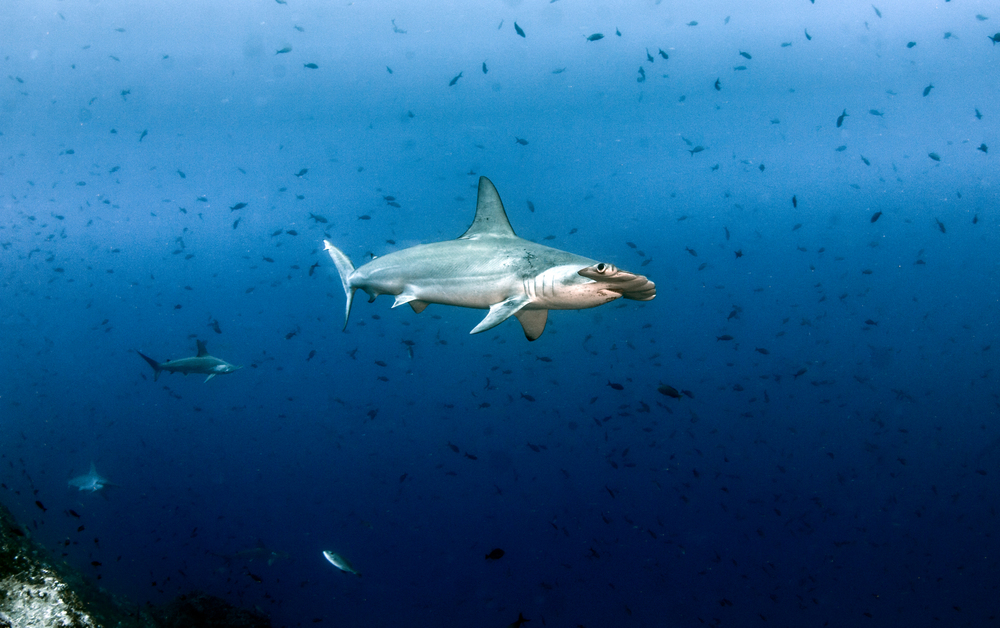
This remote Pacific island serves as a gathering point for hammerhead sharks and
other large marine species. The surrounding waters host one of the world’s largest
concentrations of reef sharks.
Advanced divers can observe these magnificent creatures in their natural habitat.
Like Travel Pug’s content? Follow us on MSN.
Lord Howe Island, Australia
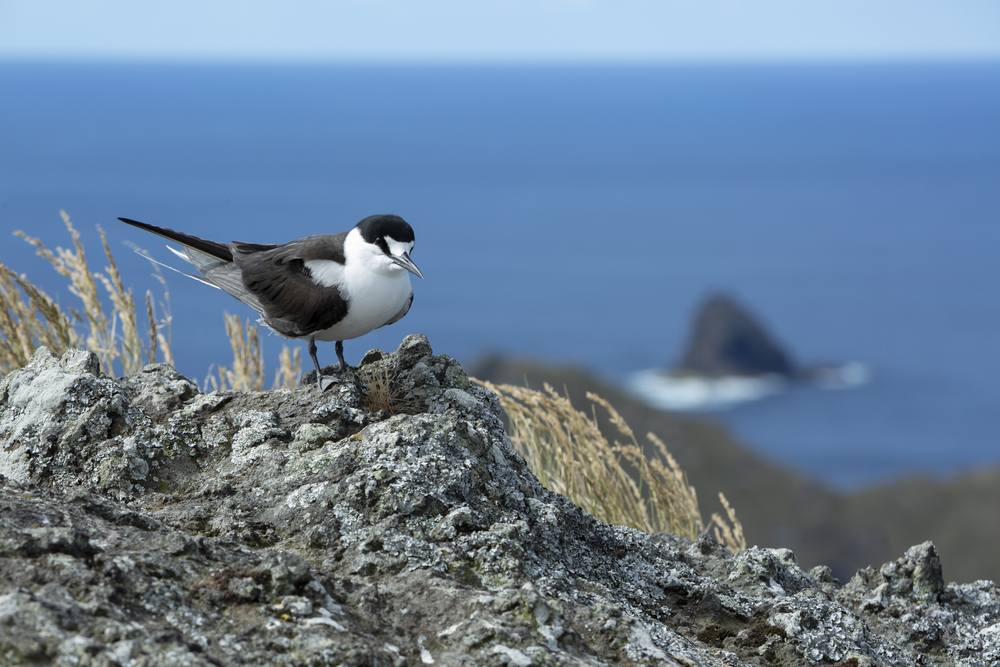
This crescent-shaped island supports numerous endemic species, including the Lord
Howe Island stick insect, which was once thought extinct. The surrounding waters
host the world’s southernmost coral reef system and unique marine life.
Strict visitor limits help preserve the island’s delicate ecosystems.
Komodo National Park’s Padar Island
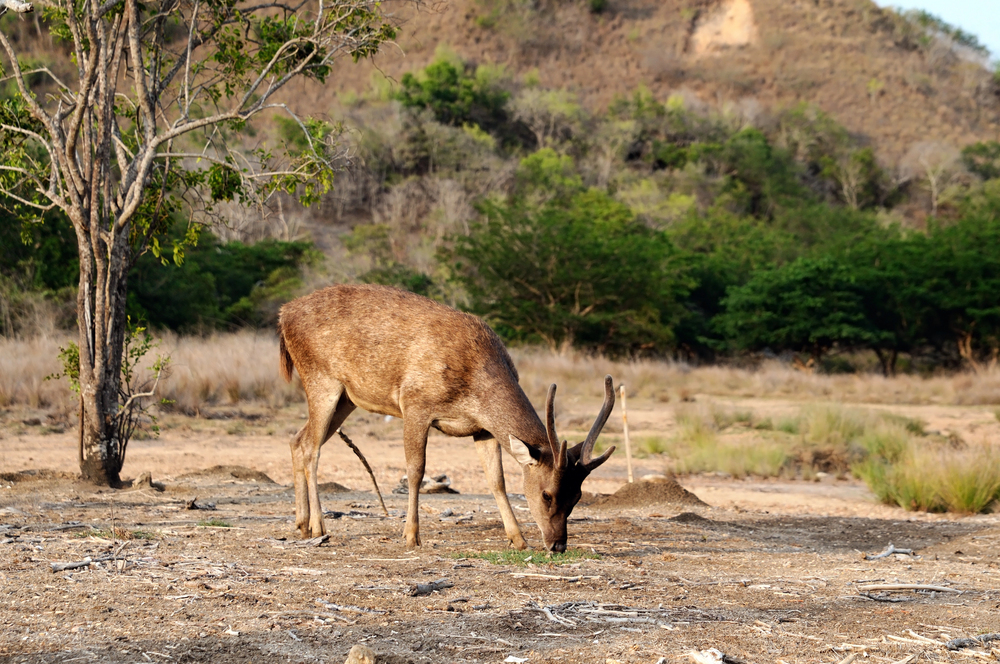
While less visited than Komodo, this island offers opportunities to spot rare birds and
marine life in more peaceful settings. The island’s dramatic viewpoints provide
perfect spots for observing sea eagles and other raptors.
Snorkeling trips reveal rich marine ecosystems in the surrounding waters.
Cousin Island, Seychelles
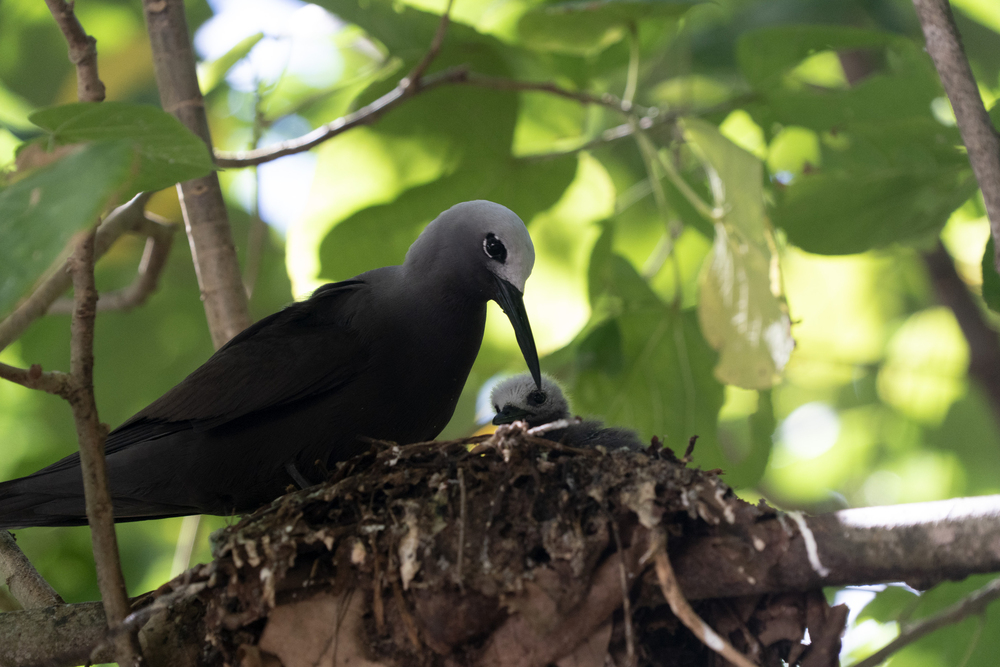
This tiny island serves as a sanctuary for some of the rarest birds in the world,
including the Seychelles warbler. The entire island operates as a nature reserve,
with careful management of visitor numbers and activities.
Guided tours provide opportunities to observe nesting seabirds and endemic species up close.
Like Travel Pug’s content? Follow us on MSN.
Island Sanctuaries: Wildlife Wonders
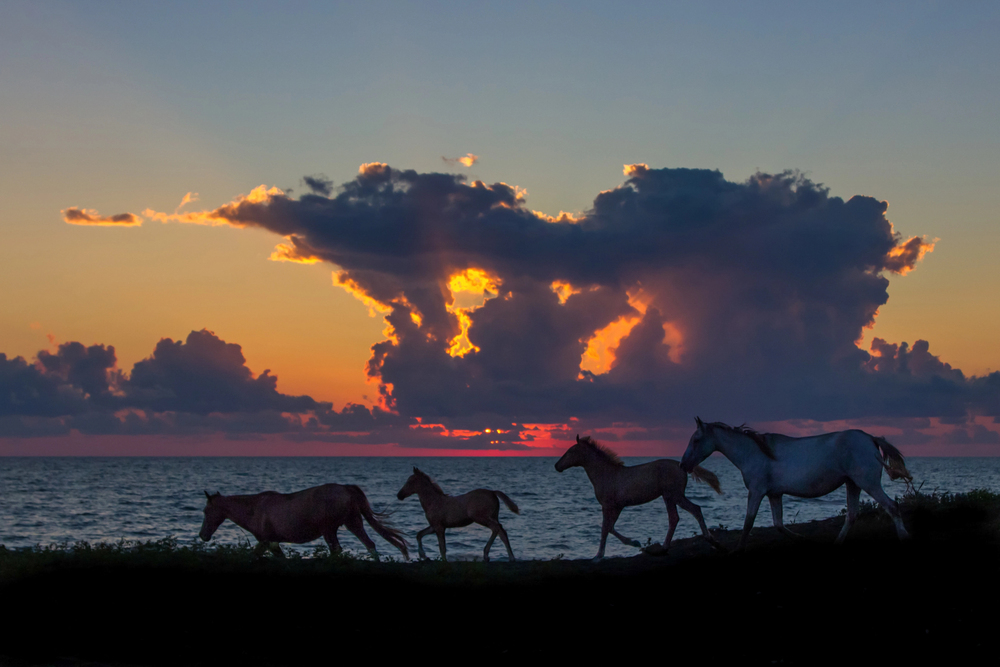
These island sanctuaries represent some of our planet’s most important wildlife
refuges, but their isolation makes them particularly vulnerable to environmental
changes and human impact. When visiting these remarkable places, always follow local guidelines, support conservation efforts, and maintain appropriate distances from wildlife.
The continued survival of these unique species depends on responsible tourism and ongoing protection of their island homes.

- 15 Dangerous European Cities to Avoid
- 15 Caribbean Islands Where Tourists Keep Getting Scammed
- The 20 Most Fascinating Abandoned Places: A Journey Through Time and Forgotten Spaces
- 15 Hidden Places in the Smithsonian Museums Locals Love: A Guide to Lesser-Known Treasures
- 16 Hidden Florida Beach Towns That Aren’t Overrun with Tourists
Like Travel Pug’s content? Follow us on MSN.
